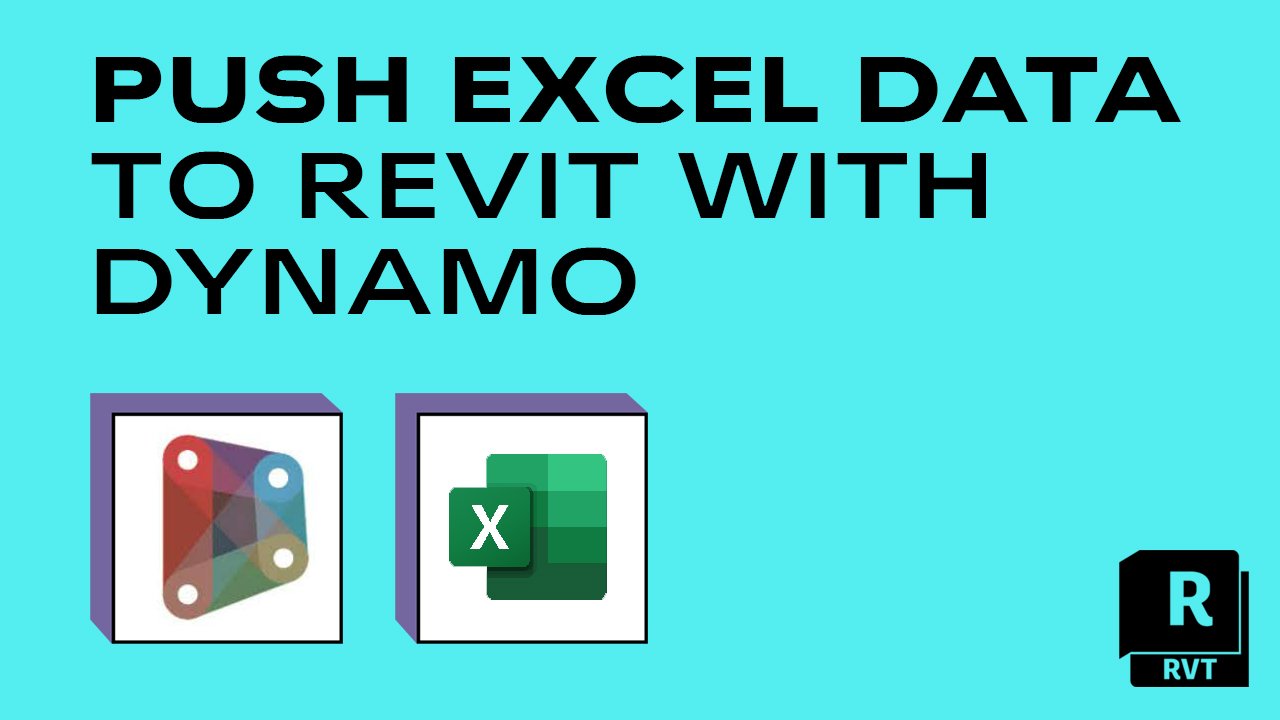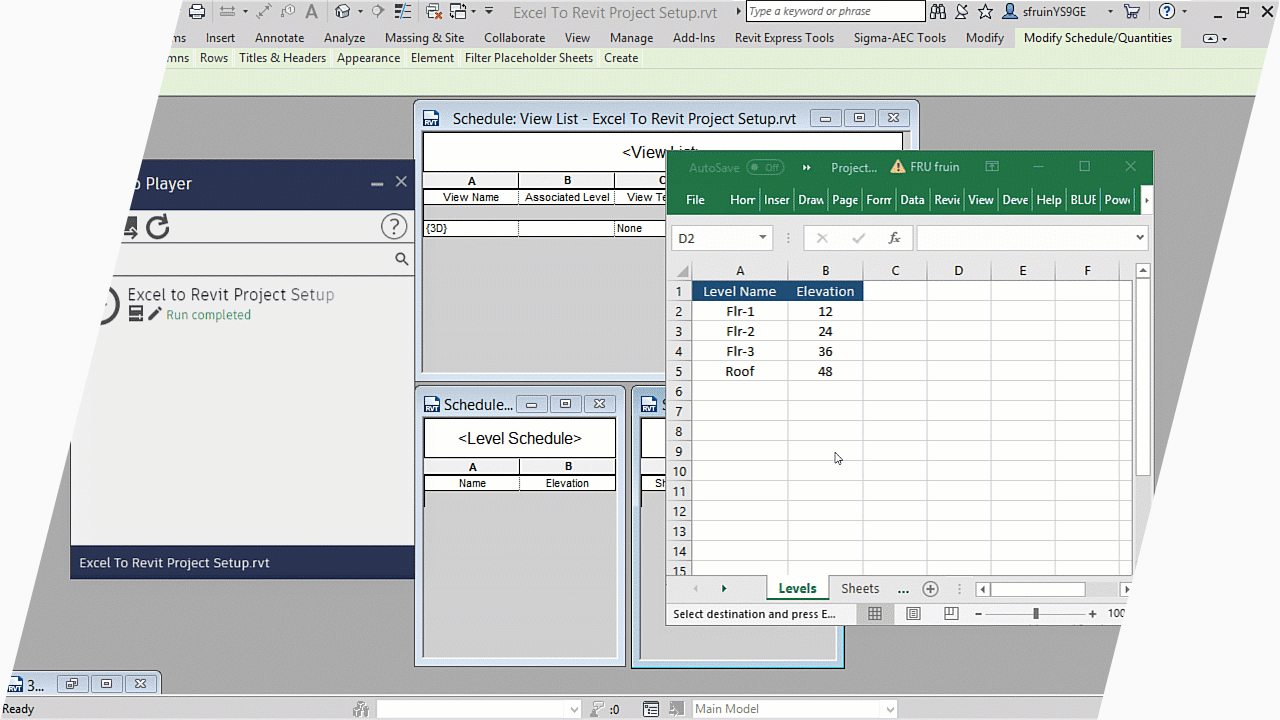Revit Add Ins: Expanding Your Layout Abilities
Wiki Article
Excel-to-Revit: A Game-Changing Workflow for Architectural Design - Unveiling the Tricks
Presenting excel-to-revit, the game-changing workflow that will certainly change your style process. With excel-to-revit integration, you can streamline your architectural design, unlock effectiveness, and optimize cooperation within your team. Get ready to take your architectural design to the following degree with excel-to-revit!The Power of Excel-to-Revit Assimilation

Think of the convenience of being able to update and modify task information in Excel, and immediately see those adjustments reflected in your Revit design. No more manual information entry or tedious updates. With Excel-to-Revit integration, you can save time and minimize mistakes by leveraging the power of Excel's features and formulas to automatically create exact information in Revit.
Not just does this integration boost efficiency, yet it also improves cooperation among employee. You can easily share Excel documents with associates, that can then import the data into their Revit models. This promotes a smooth exchange of information and makes certain that every person is working with one of the most updated data.

Enhancing Architectural Style With Excel-To-Revit
Simplifying building design is made easier with the usage of Excel-to-Revit (revit plugins). With this effective assimilation, you can maximize your workflow and save important time throughout the layout procedure. By leveraging the abilities of Excel and Revit, you can flawlessly transfer data between both systems, eliminating the requirement for hands-on data entrance and minimizing the danger of mistakesExcel-to-Revit allows you to import and export data effortlessly, allowing you to easily update and change your building layouts. You can create routines, calculate quantities, and generate records in Excel, and afterwards move that data directly right into your Revit design. This combination makes sure that your design info is always up-to-date and synchronized, getting rid of the need for hand-operated updates and lowering the opportunities of inconsistencies.
By utilizing Excel-to-Revit, you can likewise capitalize on the effective computational capacities of Excel. You can do intricate calculations, analyze information, and automate repetitive tasks, all within Excel. With simply a couple of clicks, you can import the outcomes back right into Revit, enabling you to make enlightened layout choices and enhance your architectural layouts.
Opening Efficiency: Discovering the Excel-to-Revit Workflow
Optimize your efficiency by seamlessly incorporating Excel and Revit for a much more effective process. With the Excel-to-Revit operations, you can unlock a whole new degree of efficiency in your building layout process. By making use of the power of Excel's information management capacities and integrating it with the versatility and accuracy of Revit, you can streamline your design process and conserve valuable time.Among the crucial advantages of this combination is the ability to import and export information in between Excel and Revit. This means that you can quickly move project information, such as area timetables or material amounts, from one software program to the various other, getting rid of the need for hand-operated information entry and minimizing the possibilities of mistakes. You can additionally produce custom solutions and calculations in Excel to automate recurring tasks and execute complicated estimations, which can then be perfectly incorporated into your Revit versions.
Additionally, the Excel-to-Revit process enables for much better sychronisation and partnership between group participants. With Excel serving as a central data center, multiple employee can work on different elements of the job simultaneously, upgrading and sharing info in real-time. This not just enhances interaction yet likewise makes certain that everybody is collaborating with the most up-to-date information, getting rid of the threat of inconsistencies.
Maximizing Partnership: Excel-to-Revit for Architectural Teams
By perfectly integrating Excel and Revit, building teams can considerably boost partnership and attain extra efficient style results. When utilizing this effective process, you can easily move information between Excel spreadsheets and Revit versions, improving the design procedure and enhancing interaction among team participants.In addition, by leveraging Excel's effective calculation abilities, you can perform complicated calculations and analysis on your layout information, driving and supplying valuable insights notified decision-making. This assimilation likewise allows you to export data from Revit to Excel, enabling you to produce comprehensive reports, graphes, and graphs for discussions and analysis. This collaborative process promotes reliable communication and sychronisation among employee, as Excel acts as a main center for information management and sharing.
Overall, by accepting the Excel-to-Revit operations, building teams can accomplish higher degrees of collaboration, performance, and accuracy in their style process. import excel into revit. This integration encourages groups to interact flawlessly, making certain that everyone is on the very same page and adding to the success of the job
Introducing the Tricks of Excel-to-Revit Combination

Among the tricks of Excel-to-Revit integration is the capacity to leverage the power of formulas and calculations in Excel to drive parameters and produce complex geometries in Revit. You can link Excel spreadsheets to Revit family members, allowing you to input data directly right into the spread sheet and have it immediately update in the Revit model. This improves the layout procedure and ensures precision and consistency across the task.
An additional key is the capacity to develop personalized schedules and reports in Excel, utilizing information extracted from Revit. This allows you to visualize and assess job information in a manner that is not possible within Revit alone. You can easily generate quantity take-offs, expense quotes, and project timelines, supplying beneficial insights for decision-making and job management.
In addition, Excel-to-Revit integration enables effective cooperation among staff member. Numerous customers can function on the very same Excel spreadsheet simultaneously, making it easier to collaborate and track modifications. You can likewise utilize Excel's commenting function to give feedback or communicate style revisions.
Verdict
So there you have it, the tricks of excel-to-revit integration have been introduced. This game-changing operations has the power to improve building layout, unlock efficiency, and make the most of partnership for architectural teams. By integrating the power of Excel and Revit, designers can now work much more successfully, save time, and produce far better layouts. So why wait? Beginning integrating excel-to-revit integration into your building style process today and transform the way you function.With just a couple of clicks, you can import the outcomes back right into Revit, enabling you to make informed design choices and enhance your building styles.
By utilizing the power of Excel's data management abilities and incorporating it with the flexibility and precision of Revit, you can streamline your design procedure and conserve beneficial time.
By effortlessly integrating Excel and Revit, architectural teams can significantly improve partnership and attain more effective design end results. When using this effective process, you can easily transfer data in between Excel spread sheets and Revit models, improving the style procedure and boosting communication among team participants.In addition, by leveraging Excel's effective computation capabilities, you can perform revit add ins complex computations and evaluation on your design data, offering valuable understandings and driving educated decision-making.
Report this wiki page